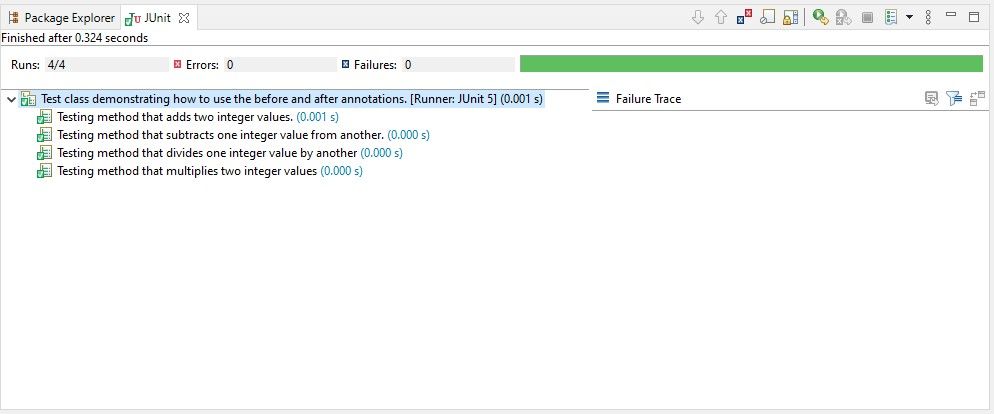

The three-cueing system asks the teacher to examine the child’s oral reading to see which sources of information the child is using. A running record captures student performance and is a formative assessment that directs your instructional focus.
ANOTHER WORD FOR RUNNING REPORTS PLUS
The goal of a running record is to document student progress plus additional information about individual readers. Running Records Assessment: What do the errors tell you?

If you don’t use the app, you can use the following formula: Through this app, you will enter the total number of words, the total number of errors and will provide the error rate and accuracy rate. I’ve been doing running records for a while and I still use it. I have never met or talked to the designer of this app (nor am I compensated for my endorsement) but I heard it was developed by a teacher in Arkansas. It could be an urban legend…ha! But the app is. I really recommend an app called The Running Record Toolbox. Documenting errors will provide the opportunity for you to do a miscue analysis and direct your next instructional decision. words that are pronounced differently in a child’s accentĪs a student reads the word correctly, you add a check mark or tick marks above each word.Incorrect proper nouns (like a name) is counted only once as an error… even if they missed it every time).If they skip a whole page, that counts as one error.if they skip a whole line of text, each word that was skipped counts as an error.an insertion (the child adds a word that is not there).an appeal (they ask for help… even if you don’t tell them the word, but give them a strategy to try).an incorrect attempt (they tried, but did not get the word right).a substitution (child says a different word instead).an omission (child just skips the word).Running Records Assessment: Recording Errors on the running record formįirst off… running record errors only count in the text. You do not count the errors in titles, subtitles, or captions. Additionally, as a school district, it was required for us to determine the text level of each of our students… Whomp! Whomp!.It helps you to group your students. Someone recently asked, “Is there a way to place students in reading groups without having to do running record forms? Um… nope… not in my opinion and not according to the experts. Now you may, initially, place students in a guided reading group based on your “best guess,” but by conducting routine and continuous running records, you can be assured they are placed in the right instructional text group. NOTE: There are other small groups you might pull for ELA skills like rhyming or phoneme manipulation that are not based on their guided reading level.It documents the students reading growth over time. A running record is like an actual recording of a student reading. You can look back at the document to see the student’s progression or at times, their lack of progression.It helps us find that “just right book” for instruction. Through a running record, we can see what a child does at the point of difficulty. If the book is too easy, then the child’s cueing system might not be obvious to the observer. If the book is too difficult, students might abandon all strategies in the hopes of surviving the text. In others words, they are reading at their frustration level.

Like I said above, a young reader is constantly evolving so the running record can give us insight into what their next steps in lessons should be. Running Records Assessment: Why do we need them?


 0 kommentar(er)
0 kommentar(er)
